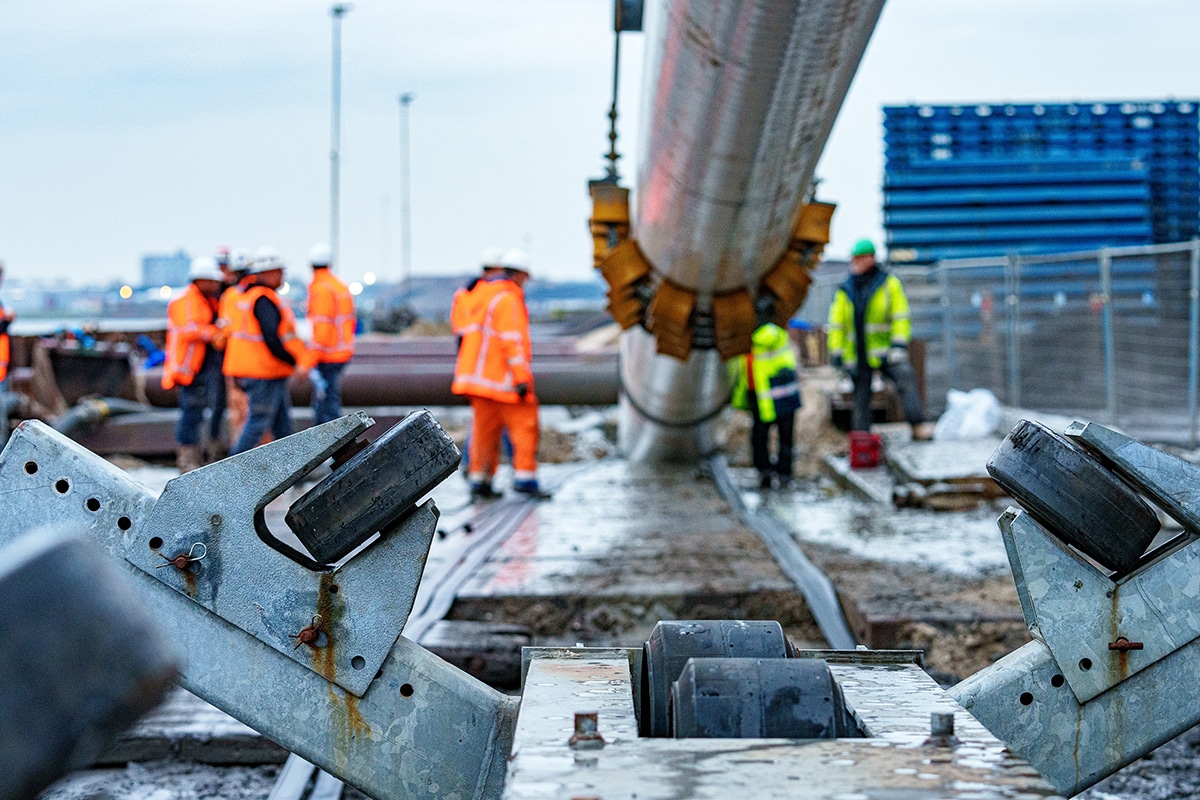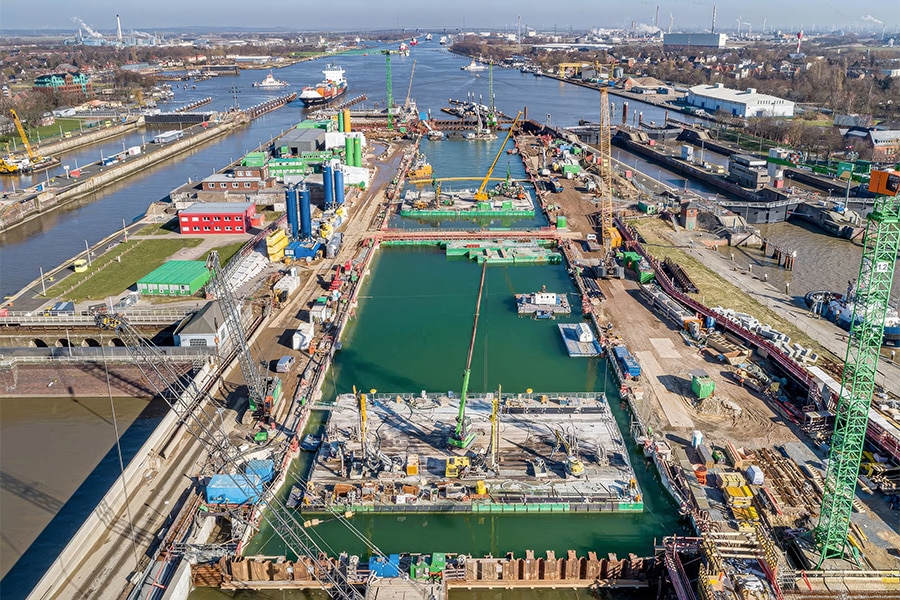
The road to climate-resilient infrastructure
Against the backdrop of climate change, governments and infrastructure managers are currently busy carrying out stress tests and risk dialogues as part of the Delta Plan for Spatial Adaptation. Not only are risks being mapped, it is also important to take adequate adaptation measures on the road to climate resilience. As an administrator, policy maker or manager, how do you arrive at a good strategy based on proven knowledge?

Knowledge of the water and soil system combined with local and regional factors is the key to arriving at an evidence-based approach to climate-proof infrastructure. "With this knowledge, we translate the stress test results into tangible action points," said Thomas Bles, expert at knowledge institute Deltares. "We look at long-term developments and what it means for the action perspective now. We make the connection from the latest scientific insights to daily practice. For example, we visualized the impact of climate change for the main road network of the Department of Public Works and made the step from risk to action perspective for the provincial infrastructure in South Holland. But we are also deepening and validating our knowledge base with research projects far beyond our national borders in places such as Albania, Paraguay and the Dominican Republic."
Answers
Stress tests generally only give infrastructure managers insight into susceptibility to flooding, flooding, drought and heat. Extremely useful to know, but only a first step, Bles believes. "It only becomes really interesting and difficult after the sensitivity is in the picture. Simply because then, as a manager, you have to find answers to a wide variety of questions. What is the impact of failure and what are the most critical locations? In an economic sense, but also in terms of safety, the environment and image. What does it mean for the user? What measures are needed to tackle the risks? Do the benefits of the measures outweigh the costs? How do measures fit into existing work processes?"

Approach
To get a good picture of total risk, Deltares incorporates that entire spectrum of issues and concerns into its approach. "Only in this way is it possible to arrive at an approach to determine whether certain risks are acceptable or not," says Bles. "It is important that managers take up this process in dialogue with surrounding parties and jointly consider ambitions and measures. Does everything still fit into the current strategy or do you perhaps need to change your course and ambition? And what about the costs and benefits? All steps that many do not yet have in focus, but are necessary to convert stress test results into action perspectives."




